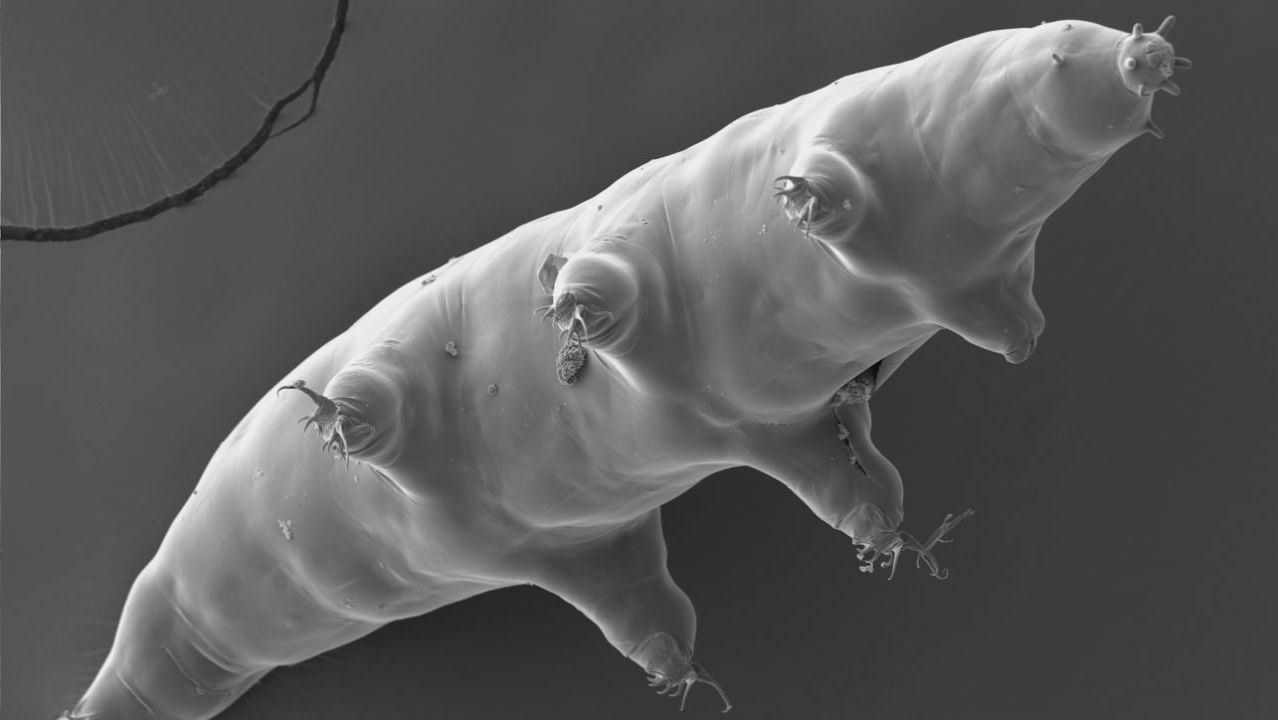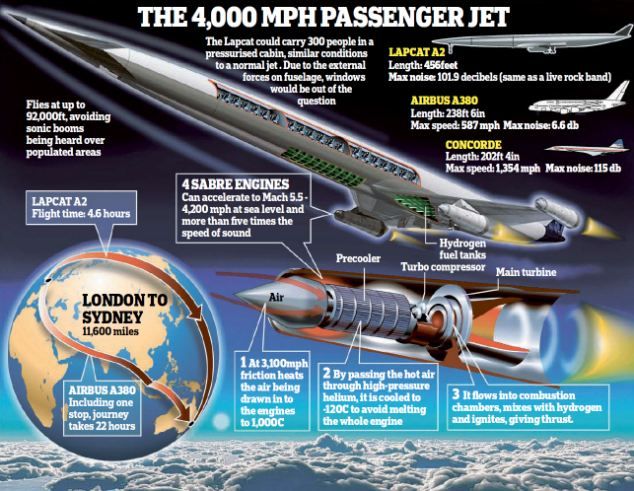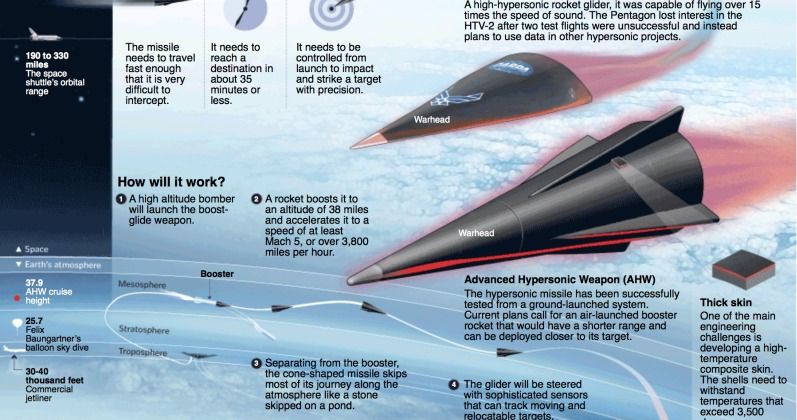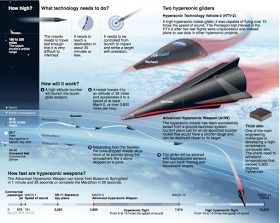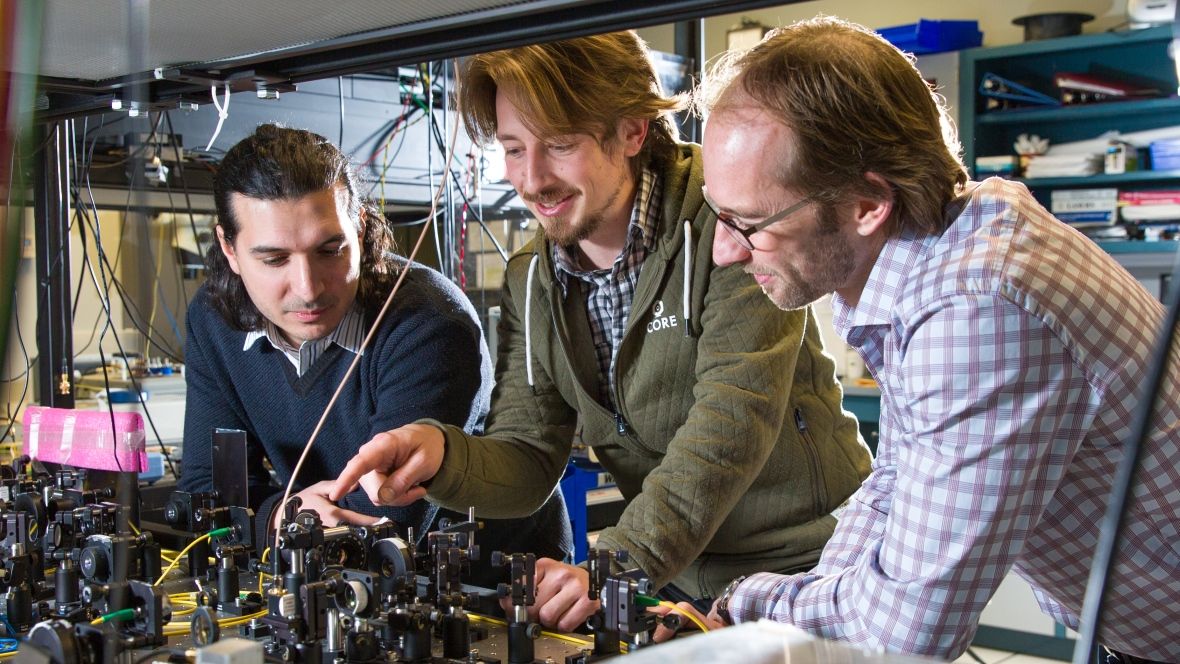Page 10380
Sep 20, 2016
The Robots We’ve Long Imagined Are Finally Here
Posted by Elmar Arunov in category: robotics/AI
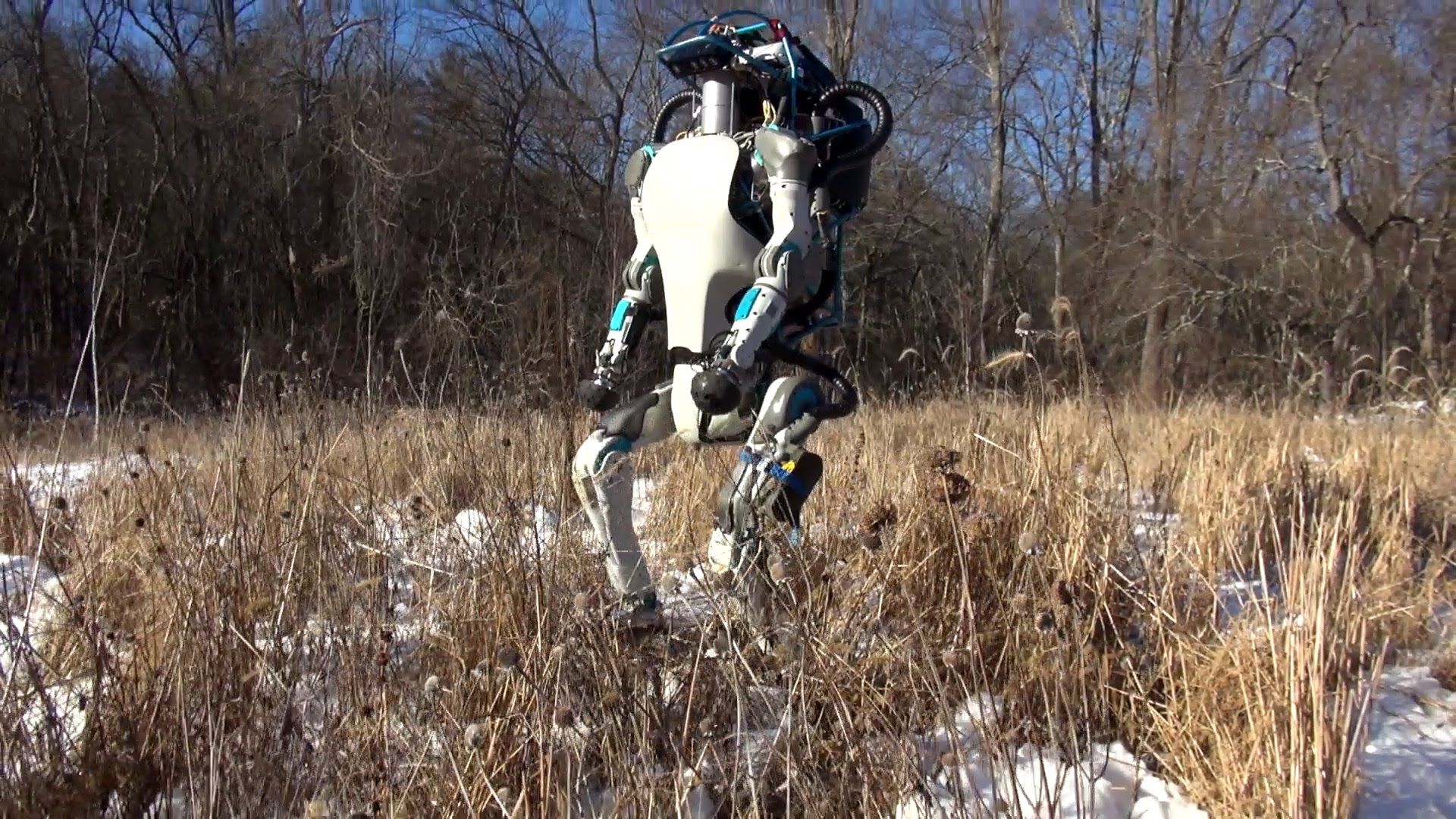
They are wise-cracking companions, able to communicate in more than six million languages. Others are bent on enslaving or destroying humanity, deeming themselves better, more rational caretakers of the Earth in light of our irrational behaviors.
Pilot or garbage man, soldier or slave, hero or villain—robots have played every role imaginable in popular science fiction for nearly a century.
Continue reading “The Robots We’ve Long Imagined Are Finally Here” »
Sep 20, 2016
Physicists Made a ‘Black Hole’ in a Lab That May Finally Prove Hawking Radiation Exists
Posted by Elmar Arunov in categories: cosmology, information science, particle physics

Scientists may have found signs that phonons, the very small packets of energy that make up sound waves, were leaking out of sonic black holes, just as Hawking’s equations predicted.
Some 42 years ago, renowned theoretical physicist Stephen Hawking proposed that not everything that comes in contact with a black hole succumbs to its unfathomable nothingness. Tiny particles of light (photons) are sometimes ejected back out, robbing the black hole of an infinitesimal amount of energy, and this gradual loss of mass over time means every black hole eventually evaporates out of existence.
Sep 20, 2016
‘Radiation shield’ found hidden in water bear genome
Posted by Roman Mednitzer in categories: biotech/medical, genetics, habitats
Tardigrades, tiny aquatic creatures found in habitats from backyard ponds to Antarctic glaciers, are tough enough to survive the radiation-fraught perils of space. But for a long time, scientists couldn’t agree on why the animals—also known as water bears—are so hardy. Now, researchers have identified a gene that protects the tardigrades’ DNA from radiation, BBC reports. The gene, called Dsup, showed its importance when researchers inserted it into human DNA strands and blasted them with x-rays. The modified genetic material suffered significantly less damage, they report today in. Scientists hope this finding will help them one day protect another animal—us—against radiation.
Sep 20, 2016
Fighter engine-size hypersonic ground demonstrator construction plans moving ahead
Posted by Klaus Baldauf in categories: military, space, surveillance
SABRE is at heart a rocket engine designed to power aircraft directly into space (single-stage to orbit) to allow reliable, responsive and cost effective space access, and in a different configuration to allow aircraft to cruise at high speeds (five times the speed of sound) within the atmosphere.
If the rocket for space is not used then the US air force could use Skylon and SABRE engine technology to develop a 4000 mph hypersonic fighter plane or spy plane.
Sep 20, 2016
DARPA gives Lockheed $147.3 million to research Hypersonic Tactical Boost Glide Missiles
Posted by Klaus Baldauf in category: military
Lockheed Martin has received a $147.3 million cost-sharing contract from the DARPA to conduct research as part of a prototype agreement for the Tactical Boost Glide program.
The Tactical Boost Glide (TBG) program is a joint DARPA/U.S. Air Force (USAF) effort that aims to develop and demonstrate technologies to enable future air-launched, tactical-range hypersonic boost glide systems. In a boost glide system, a rocket accelerates its payload to high speeds. The payload then separates from the rocket and glides unpowered to its destination.
Sep 20, 2016
In vivo work with neural dust using a wireless and scalable ultrasonic backscatter system for powering and communicating the implanted bioelectronics
Posted by Klaus Baldauf in categories: bioengineering, biotech/medical, computing, neuroscience
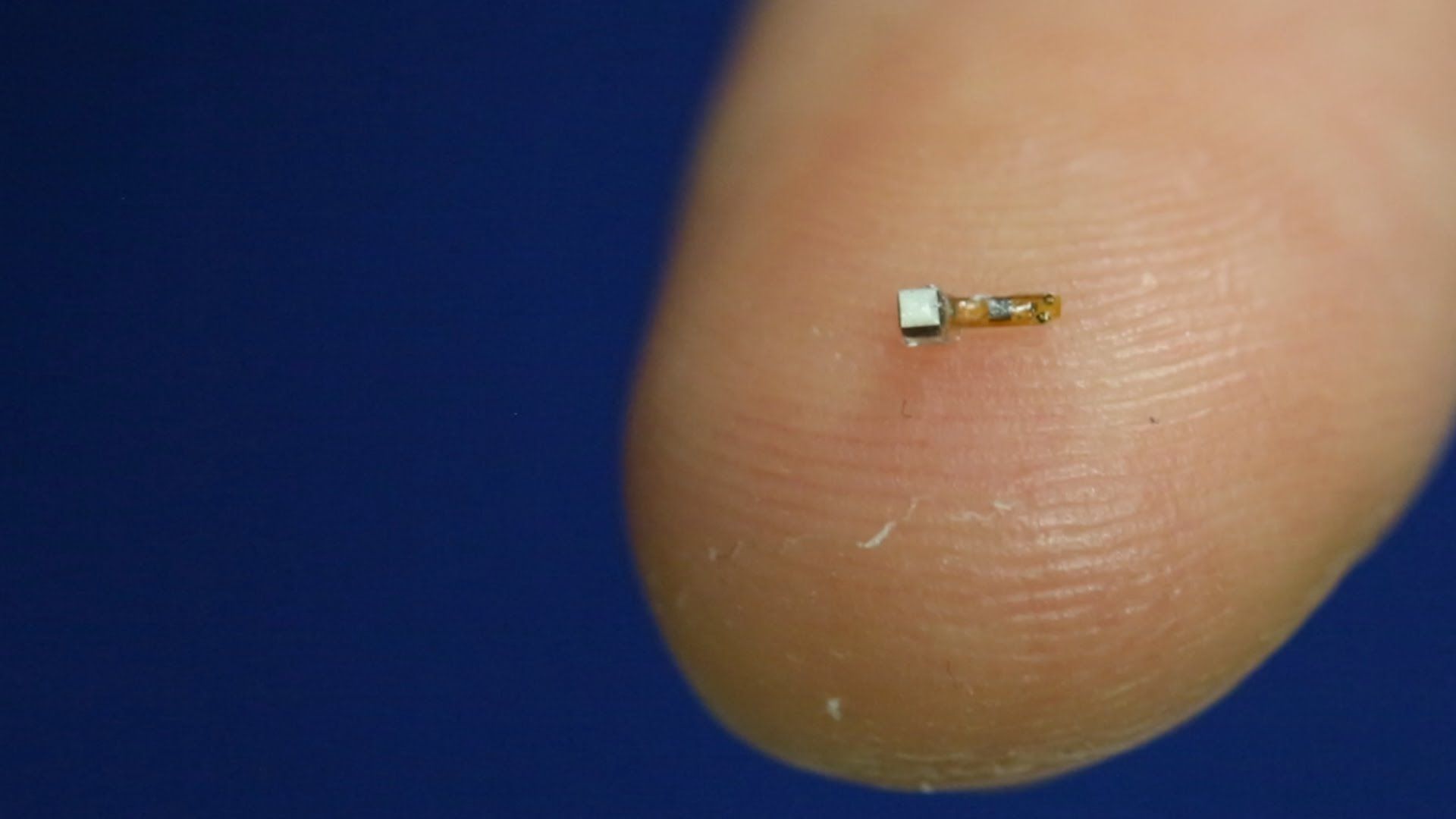
Berkeley engineers have built the first dust-sized, wireless sensors that can be implanted in the body, bringing closer the day when a Fitbit-like device could monitor internal nerves, muscles or organs in real time.
Neural dust researchers have already shrunk them to a 1 millimeter cube – about the size of a large grain of sand – contain a piezoelectric crystal that converts ultrasound vibrations from outside the body into electricity to power a tiny, on-board transistor that is in contact with a nerve or muscle fiber. A voltage spike in the fiber alters the circuit and the vibration of the crystal, which changes the echo detected by the ultrasound receiver, typically the same device that generates the vibrations. The slight change, called backscatter, allows them to determine the voltage.
Sep 20, 2016
Calgary researchers teleport light particle 6.2 kilometres, raising hopes for ‘quantum internet’
Posted by Aleksandar Vukovic in categories: internet, particle physics, quantum physics
The team’s article in Nature Photonics says the demonstration ‘constitutes a milestone towards a global quantum internet,’ as it is one of the longest distances over which quantum teleportation has been achieved using a fibre-optic network in this way.
In a “major step” toward practical quantum networking, researchers at the University of Calgary have successfully demonstrated the teleportation of a light particle’s properties between their lab and the city’s downtown area, six kilometres away.
“What is remarkable about this is that this information transfer happens in what we call a disembodied manner,” said physics professor Wolfgang Tittel, whose team’s work was published this week in the journal Nature Photonics.
Sep 20, 2016
Electrifi Conductive 3D Printing Filament, 0.006 ohm cm
Posted by Karen Hurst in categories: 3D printing, media & arts
3D print circuits with Electrifi Conductive 3D Printer filament. With a resitivity of 0.006 Ω cm, Electrifi is the only 3D printer filament on the market that can truly be called conductive. The filament extrudes at a temperatures between 140–160 ºC, with a recommended printing speed of 15–45 mm/s. Electrifi is currently available with a diameter of 1.75 mm. Please see our website for detailed tutorials on how to use Electrifi in a 3D printed electronics project. Due to the high conductivity of the filament, it can be used to produce many different types of circuits, including LED signs, LED matrix display, Bluetooth lamps, interfacing different types sensors with Arduino, electronic games, gaming controllers, and digital music devices to name just a few examples. If the circuit can be run with resistor of 10 ohm or greater, it can likely be made with Electrifi. Electrifi can also be used to make EMI/RF shielding, RF antennas, RF Filters, and other custom RF components. Electrifi is shipped in a vacuum-sealed package with a desiccant packet. The filament should be stored in a cool, dry environment, and exposure to moisture should be minimized.
Sep 20, 2016
4D Printing: Shaping The Future of Solar Cells
Posted by Karen Hurst in categories: 3D printing, 4D printing, food, solar power, sustainability
Definitely many benefits to 4D including manufacturing, tech devices, and energy.
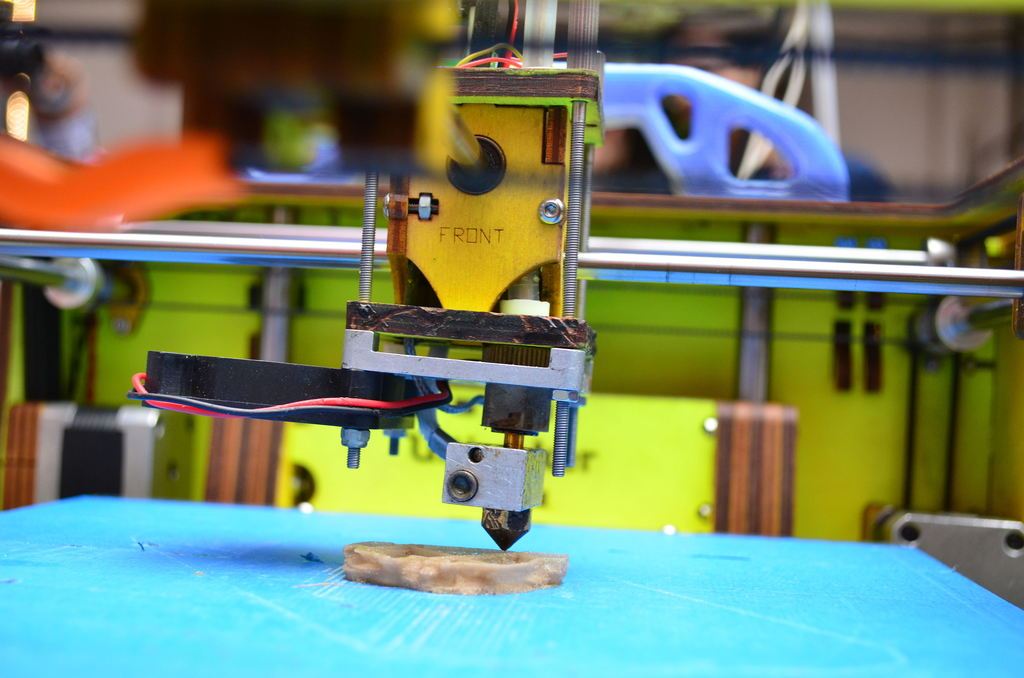
A team of researchers has uncovered the key to what they call 4D printing – and solar energy may be one of the top 2 fields to benefit from the great invention.
Continue reading “4D Printing: Shaping The Future of Solar Cells” »

